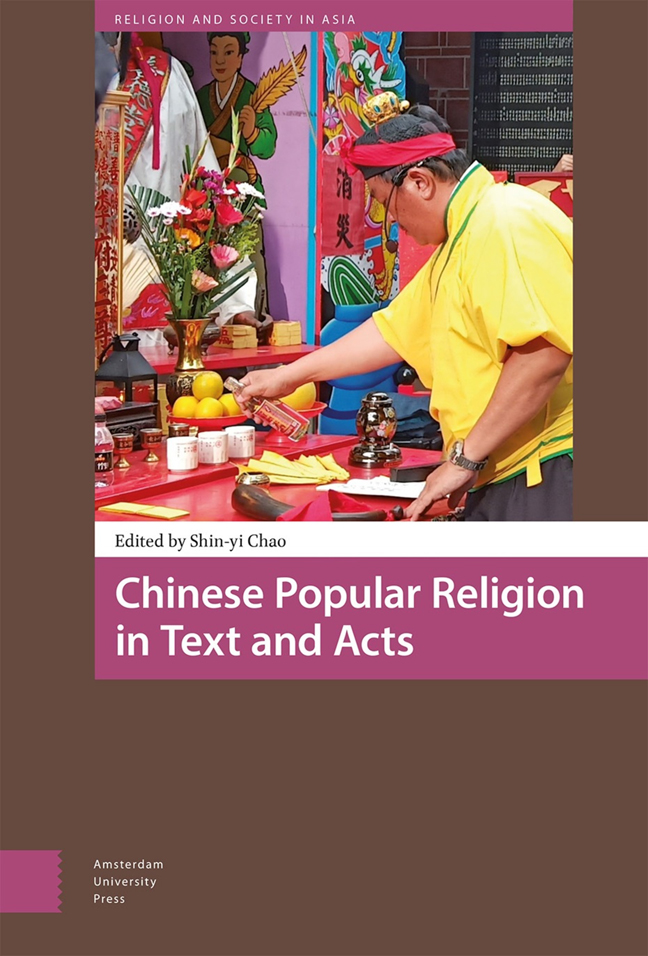Book contents
- Frontmatter
- Contents
- List of Figures and Tables
- Acknowledgements
- Dedication
- Introduction: Text, Acts, and Traditionalization: Performing Chinese Popular Religion
- Section One Texts And Acts
- Section Two Scriptures and Rituals
- Section Three Saints’ Legends and Gods’ Lore
- Section Four Temple Festivals and Pilgrimages
- Index
7 - Scorched Head: Daoist Exorcists and Their Divine Generals in Jiangnan Lore
Published online by Cambridge University Press: 26 March 2024
- Frontmatter
- Contents
- List of Figures and Tables
- Acknowledgements
- Dedication
- Introduction: Text, Acts, and Traditionalization: Performing Chinese Popular Religion
- Section One Texts And Acts
- Section Two Scriptures and Rituals
- Section Three Saints’ Legends and Gods’ Lore
- Section Four Temple Festivals and Pilgrimages
- Index
Summary
Abstract
Daoist hagiography has a very long and distinguished history, closely linked to the development of the cult of immortals and deceased priests. This essay deals with one specific type of stories: the lives of fashi 法師 priests, that is, ritualists specialized in exorcistic traditions generically called daofa 道法. The analysis focuses on a corpus of late imperial stories that relate how the encounter between the fashi priest and his martial god turned brutal and marked the former in his flesh. Read together, these stories are less biographical accounts than mythology that hides core tenets. In this essay, I first translate examples, then present a larger corpus of stories, before attempting to analyze their various meanings in their socio-religious context.
Keywords: Daoist exorcism, Thunder rites, fashi priest, taboo of pollution, ritual purity, hagiography
Exorcists and Their Mythological Template
Telling stories about Daoists and immortals is a significant part of Chinese popular religious culture. Daoist hagiography has a very long and distinguished history, closely linked to the development of the cult of these immortals and deceased priests. Stories about them found in clerical literature were adapted in all sorts of media and genres, written and oral, and thereby became part and parcel of shared popular culture.
This essay deals with one specific type of stories: the lives of fashi 法師, that is, ritualists specialized in exorcistic traditions generically called daofa 道法—I call them fashi priests (they were and are typically married homedwellers rather than monastics). The daofa imply very close collaboration between the priest and violent, fearsome martial deities, many of them generals (tianjiang 天將) and marshals (yuanshuai 元帥) in the Thunder administration; a large part of the daofa (including those I will discuss below) is known as Thunder rites (leifa 雷法). They appear and develop from around the tenth century onwards and by the twelfth century have become fully integrated in mainstream Daoism. They are not a separate school within Daoism; nonetheless, the exorcistic rites themselves remain distinctive in their style and underlying theology.
Because of this distinctiveness, stories about great fashi priests follow a specific narrative logic.
- Type
- Chapter
- Information
- Chinese Popular Religion in Text and Acts , pp. 169 - 188Publisher: Amsterdam University PressPrint publication year: 2023



